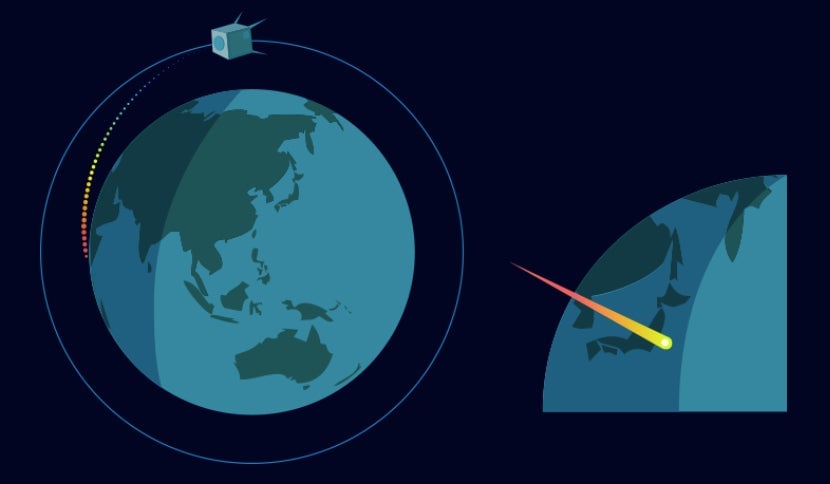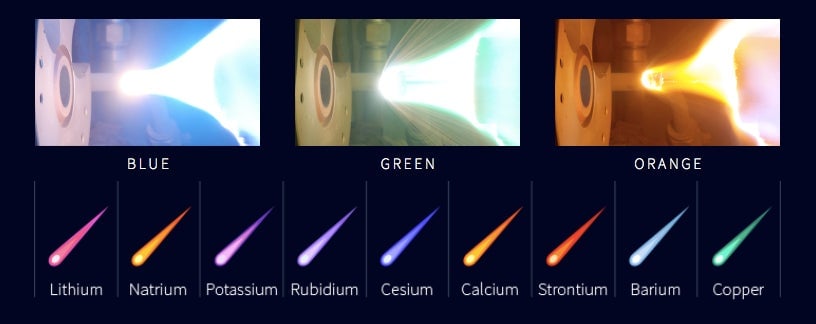A man-made meteor shower launched by satellite could open the 2020 Olympic Games in Tokyo
Japanese research company ALE is bidding to create an artificial meteor shower for the opening ceremony of the Olympic Games in Tokyo in 2020. The project, Sky Canvas, goes beyond your average fireworks display: It involves launching a satellite into space “loaded with about 500 to 1,000 ’source particles’ that become ingredients for a shooting star,” the company explains.


Japanese research company ALE is bidding to create an artificial meteor shower for the opening ceremony of the Olympic Games in Tokyo in 2020. The project, Sky Canvas, goes beyond your average fireworks display: It involves launching a satellite into space “loaded with about 500 to 1,000 ’source particles’ that become ingredients for a shooting star,” the company explains.
The company, which is aiming to launch its first satellite in the second half of 2017, outlines how the project works:
When the satellite stabilizes in orbit, we will discharge the particles using a specially designed device on board. The particles will travel about one-thirds of the way around the Earth and enter the atmosphere. It will then begin plasma emission and become a shooting star.

In company’s initial tests, they placed the particles (each reportedly costing $8,100 to produce) in “a vacuum chamber and blasted them with hot gases traveling at supersonic speeds, simulating atmospheric re-entry,” according to industrial design site Core77. Researchers found that, by using various materials, a range of colors were emitted:

If successful, the display will be visible within a 62 mile (100 kilometer) radius. According to the company, that’s a potential audience of 30 million people in the greater Tokyo area.
Beyond man-made shooting stars, ALE’s goal is to generate a better understanding of how satellites that have outlived their missions and other waste in space can be safely burned up in the earth’s atmosphere.